Subway line 4 Paris takes us to Château Rouge station, to the north of the city. As the subway progresses, and goes through the stations, the atmosphere changes. An atmosphere of greater spontaneity and simplicity, laughter and friendly conversations are heard, there are more people and more color in clothing and faces. We also see some sad faces and deep glances, as if stopped in time.
Leaving the station, the first thing we find is an open-air market, the jean market , where the stands of fish, spices and exotic fruits stand out. A group of women in dresses wax —typical fabric used in Africa with colorful prints and floral designs— sells corn and plantains grilled on small charcoal grills.
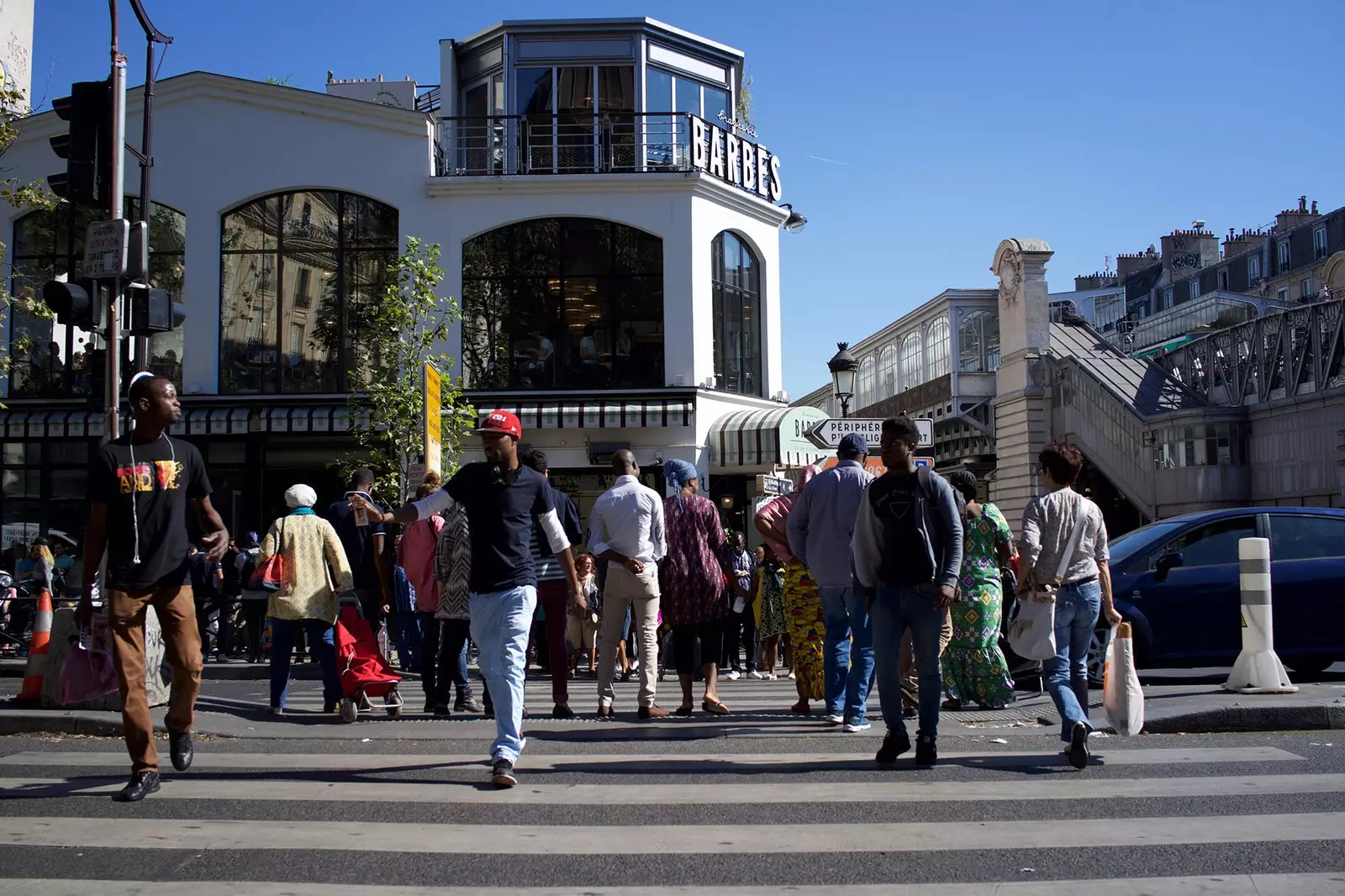
The busy Boulevard Barbès, with the Brasserie Barbes in the background.
A sweet and toasted aroma gently invades us. Another group offers natural fruit drinks, bottled and ready to drink. They are sitting on worn plastic benches, talking to each other and laughing. It reminds us a lot of Latin American markets: the smells intermingle, the smoke from the stoves permeates clothes, people communicate by shouting from one sidewalk to another; There is disorder and a lot of movement. Without a doubt, this is not the Paris of the postcards that we all know and that makes this experience even more attractive.
The Goutte d'Or (drop of gold) is a neighborhood in the 18th arrondissement of Paris located very close to Montmartre . It is bounded by Boulevard Barbès, rue Ordener, Boulevard de la Chapelle and rue Stephenson, next to the railway tracks of the Gare du Nord or North Station.
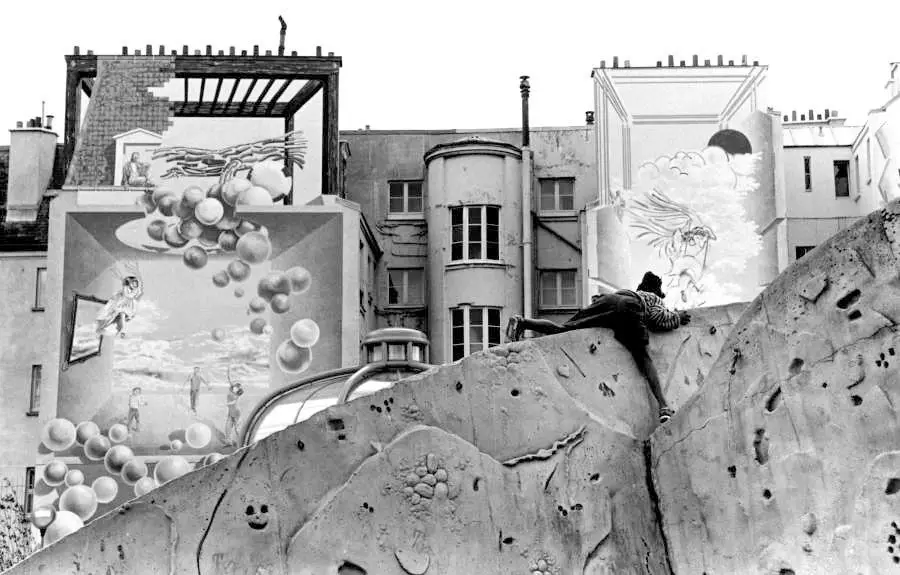
A girl playing in Square Leon, a public garden in the Goutte d'Or neighborhood of Paris, in the 18th arrondissement.
Formerly, it was a working class neighborhood that housed the Jewish community. Over time it grew and became a multicultural space shared by many ethnic groups. Today it is known as the African Quarter because most of its inhabitants came from the Maghreb: Mauritania, Morocco, Tunisia, Algeria and Libya. As well as from sub-Saharan Africa: Mali, Senegal, Cameroon and Ivory Coast, among others.
Kalilou Barry, a native of Mali, has lived in France for eight years and what stands out most about La Goutte d'Or is its cultural dynamism: “For me, the neighborhood is the embodiment of a diverse and multi-ethnic space where you meet people from all over the world. Visitors who pass through here can try Senegalese food, drink Moroccan tea and visit shops that will transport them to Africa and other places in the world. That cultural dynamism, open to the world, makes it a corner that you should not miss when you are in Paris”.
Little by little we enter its streets, which are narrow and somewhat noisy. There are more motorcycles than cars. The neighbors watch us curiously. This is a place little explored by travelers and tourists, a place that has not yet fallen victim to gentrification and cultural appropriation. For this reason, the cultural initiatives born in the neighborhood acquire a significant value.
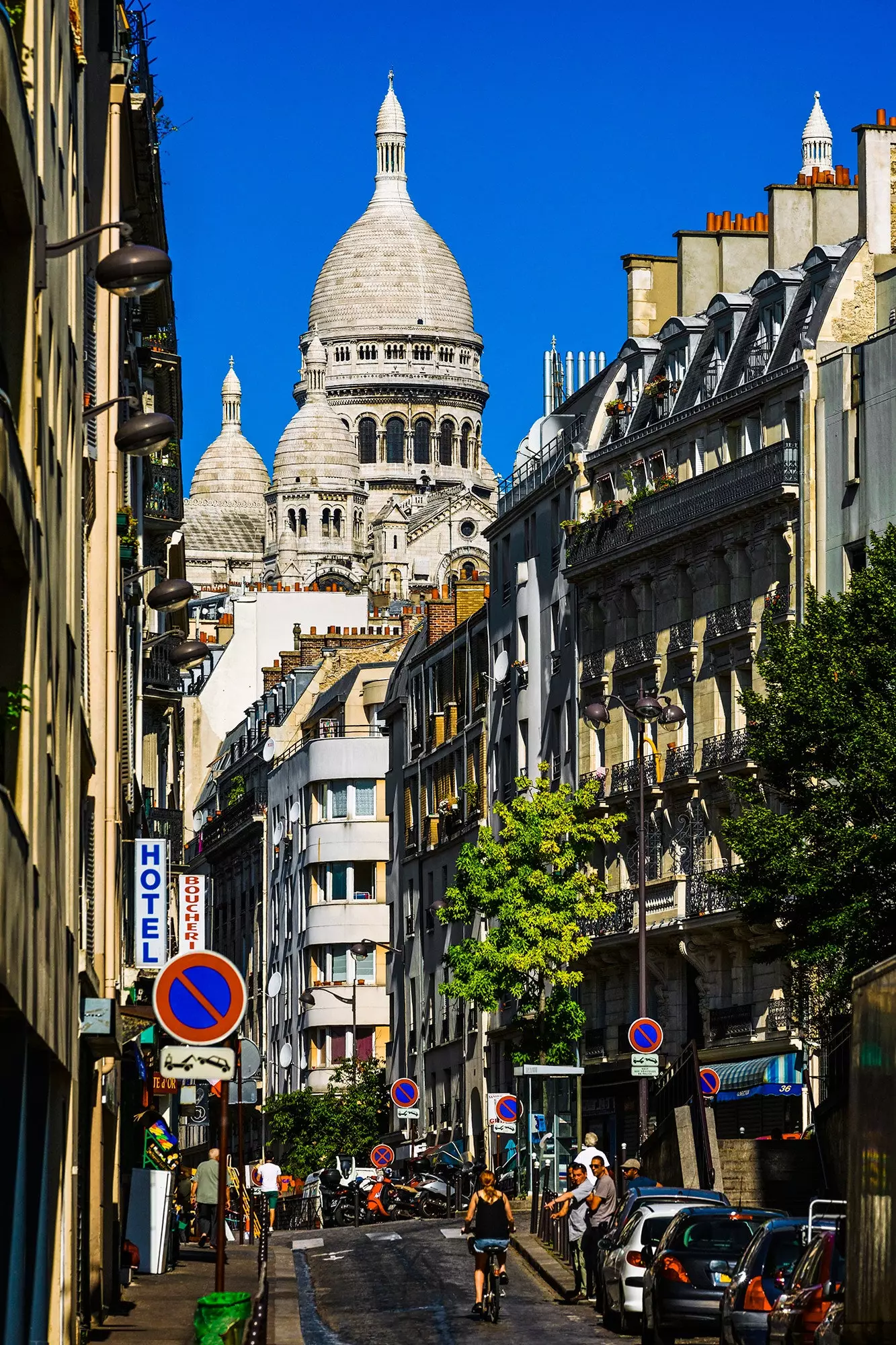
Goutte d'Or district in Paris, France.
little africa , for example, is a startup specializing in African culture in Paris. They have been the pioneers in organizing cultural tours of the neighborhood. Before the Covid they made thematic routes, the most popular was that of wax fabrics. The area is characterized by having a large number of shops that offer this type of fabric, especially on Carrer Poulet.
In addition, in the neighborhood there are the workshops of the garment makers themselves who work the wax, as well as other original fabrics, creating clothes for daily life and for special ceremonies such as weddings and religious festivals.
The interesting thing is that, In addition to the traditional use of wax, there has been in recent years a creative exploration and innovation. Today we can see stores of independent entrepreneurs and designers who have achieved recognition by working with fabric in various products such as backpacks, handbags, shoes and accessories.
One of these ventures is Maison Château Rouge (40 rue Myrha), an independent brand, inspired by African heritage, which has a space that they define as a store shop and workplace. Through its creations, the brand seeks to represent Afro culture from a contemporary perspective.
Salamata Bance, Afro-Italian born in the Ivory Coast, moved to France in 2014 and currently lives in Paris. For her, the neighborhood "is a journey into traditional African markets, where you can learn a few words of Lingala, Duala, Dioulla, Arabic or Wolof. You can see what you have never seen before. La Goutte d'Or offers the visitor another point of view on life, commerce, socializing and relaxation, but it can also be too much for visitors who are not prepared for all this”.
Another fundamental space in the composition of the neighborhood is the Institute of Cultures of Islam (19 rue Leon). Exhibitions, conferences and workshops are organized here in order to publicize the cultural richness of the Muslim world. According to the Pew Research Center, there are more than 550 million Muslims in Africa, which represents almost half of the continent's population.
Hence the importance of having an institute like this in the area. Also, the center teaches courses in African languages such as Wolof, the most widely spoken language in Senegal, as well as Sufi dance workshops, a mystical dance in which the body turns on its own axis to connect with the universe and free the soul from earthly ties. The institute also has a traditional restaurant and a tea room where you can enjoy a Bissap, a typical natural drink from Senegal made from hibiscus flowers; or a comforting Moroccan tea.
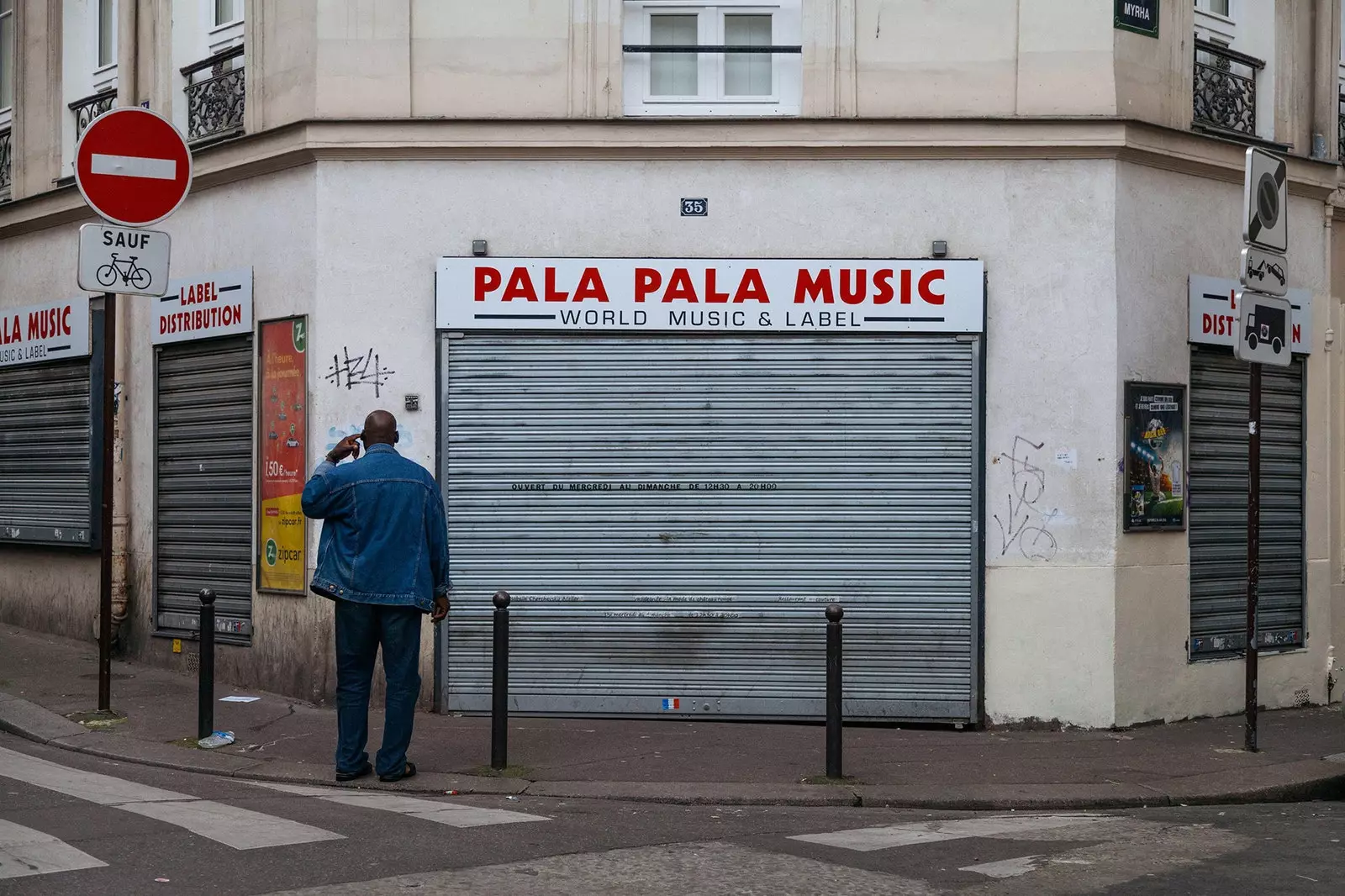
Pala Pala Music, a music store specializing in African artists, in La Goutte d'Or, in the north of Paris.
The vibrant yellow color of the facade of the cultural center of the neighborhood draws a lot of attention. The Eco Museum or Echomusée (21 rue Cavé), is a small gallery and cultural space where artists who live in the area can make their presentations and exhibitions.
Opposite the Eco Museum is the Square Leon park , a very popular place for the neighbors, dedicated to recreation and outdoor activities. inside the park, a group of grandparents play checkers and chess surrounded by attentive gazes. They analyze every move meticulously. A few meters away, enthusiastic youngsters practice soccer and basketball.
Milena Carranza, cultural manager and activist, has lived in the neighborhood for a few months and is pleasantly surprised with the community life that exists here. Once a year, she tells us, a great soccer championship is held at the Square León where all the competing teams represent different African countries.
“The flags of these countries are placed around the sports field. This year, for example, Maison Château Rouge was the jersey sponsor for all the teams. I thought it was very nice to see and feel the community so well organized”. A large part of the neighborhood's artistic life is also concentrated here. There are young people designing graffiti, listening to music with big speakers or playing an instrument. “Culture is not only what happens in museums or galleries, but it is also what happens in the parks and on the streets, the living culture. The people of the neighborhood meeting and sharing”, Milena tells us.
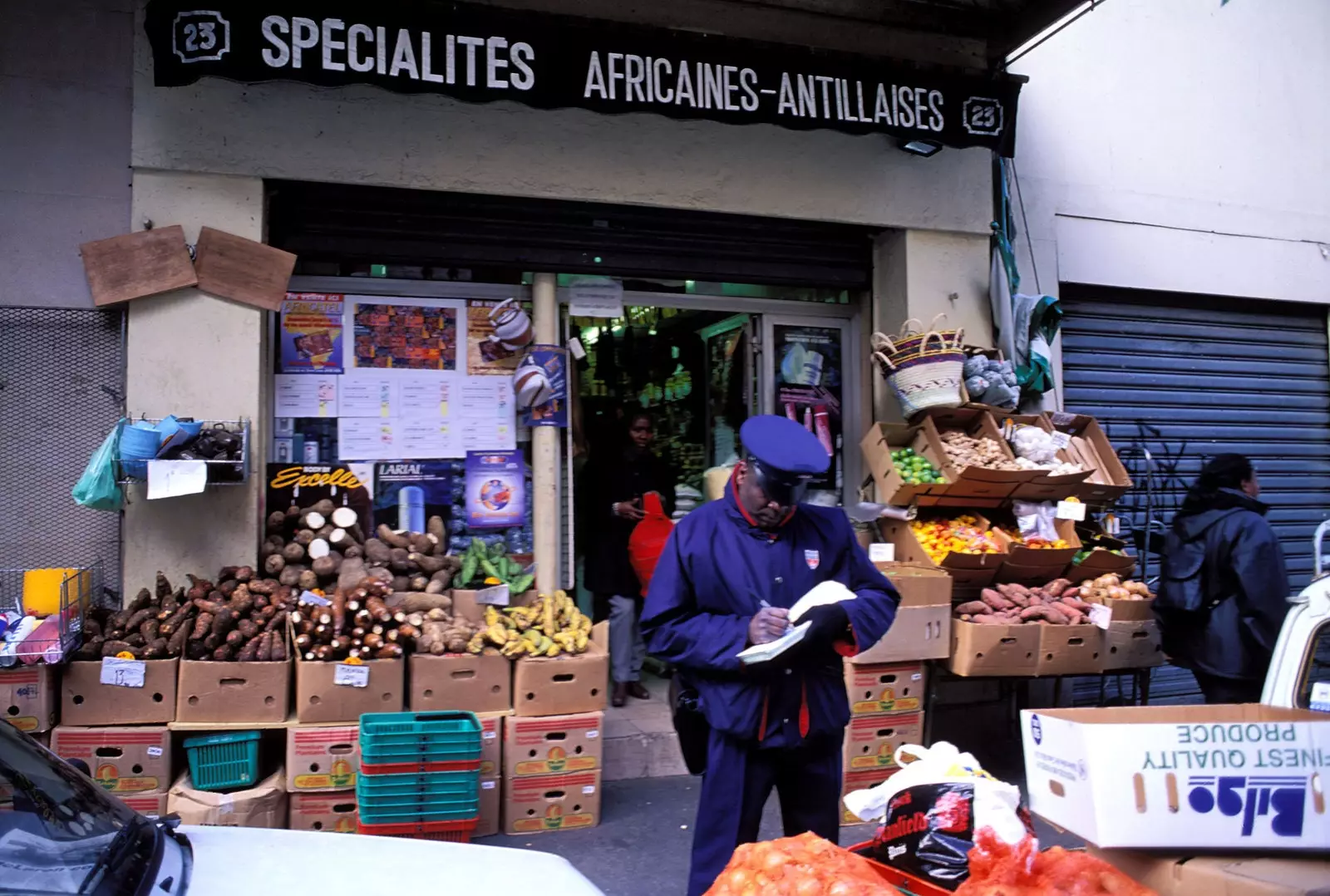
African market on Rue Dejean, in the Goutte d'Or district of Paris.
Undoubtedly, these spaces of exchange constitute quite active cultural epicenters in La Goutte d'Or. This shows, on the one hand, a strong sense of community and belonging. And on the other, a feeling of pride towards the common roots of the different ethnic groups that live here, which configures the neighborhood as a space of social reaffirmation.
VOICES ON INTEGRATION
But, How integrated is La Goutte d'Or with the rest of the city? Is there really a convergence between these neighborhoods, made up of minority ethnic groups, and the societies where they settle? First of all, according to Milena, it would be imprecise to speak of Africans, on the one hand, and French, on the other: “We must really talk about integration or not between black French and white French, because we are not only talking about people who have just migrated, but there are many generations that have already coexisted here for decades”.
And, as for whether they are integrated or not, Milena points out that: "In general, everyone lives their culture and you see some meetings there, but it is above all about specific meetings, directed or promoted by cultural institutions or by the municipality. They are not spontaneous encounters, a natural integration is not seen”.
For Kalilou Barry, “unlike the United States or Canada, for example, which celebrate the diversity and contribution of migrant populations; in France, the republican ideology would like the migrants to assimilate into French society. This means that integration is, above all, a synonym for assimilation and loss of previous identity, which, of course, is ridiculous”.
Kalilou proposes to change the scale of perception and analyze the problem from a more micro perspective: “I think that it is at the local levels where one should look better to understand that migrants are often integrated. For example, last year a French baker went on a hunger strike for several months to protest against the decision to deport his apprentice of Guinean origin. In many towns and villages, there are initiatives in favor of migrants.”
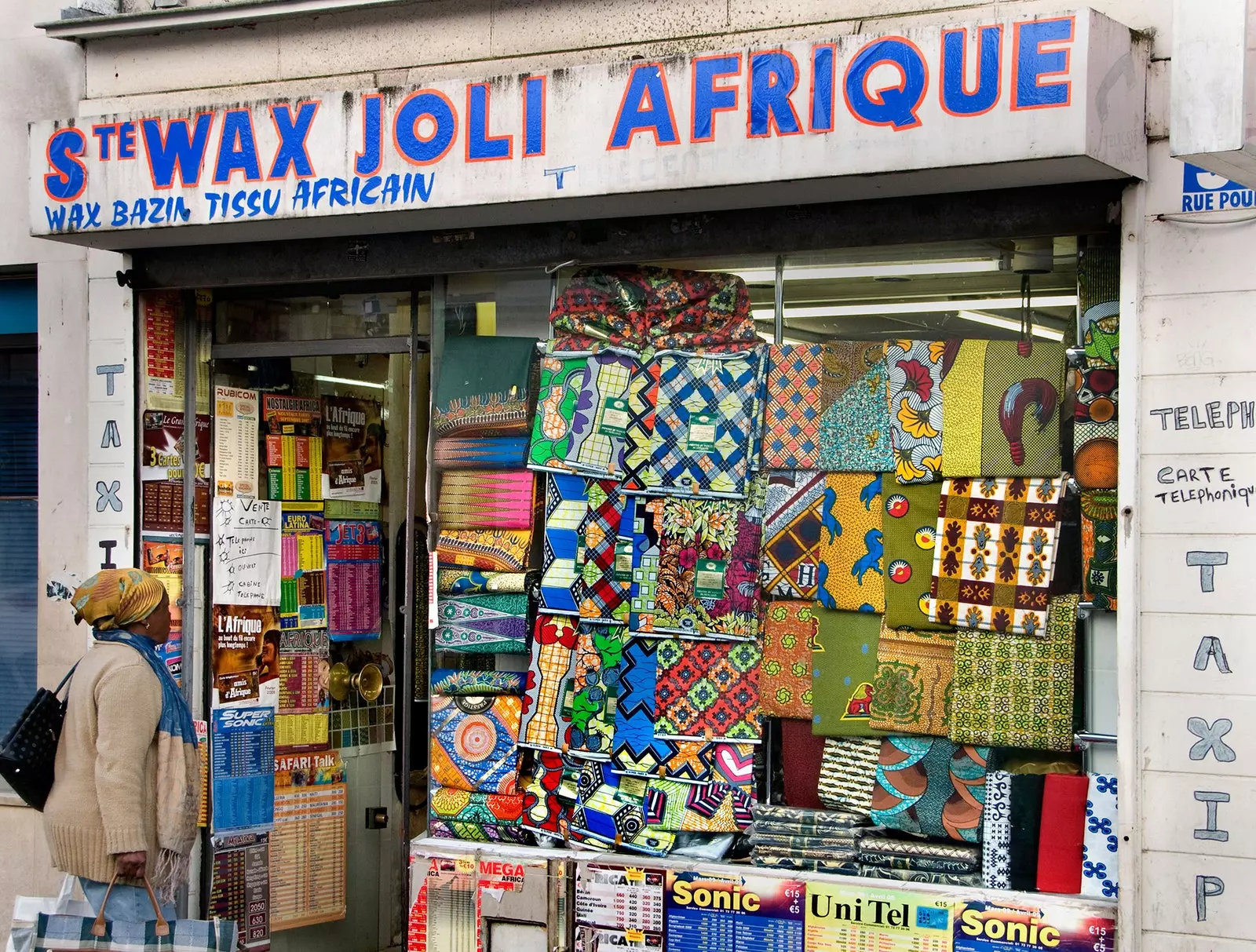
Wax fabric store in Barbes Rochechouart, in the Arab-African quarter of Paris.
Salamata Bance is more emphatic and maintains that These neighborhoods were created to bring together a certain group of migrants. “People there still don't have the same access to some schools or businesses as a French Parisian from the 8th arrondissement. There is a social fragmentation. The 'Egalité' It doesn't really work in this case."
Salamata adds that the french government is very selective in the differentiation of the migrants themselves: “French society chooses who can integrate and who cannot, it is like the story of Mamoudou Gassama (a migrant from Mali) who climbed four floors of a building to save a child and then obtained his French passport , lucky. And all the migrants who are here and don't have papers? The French administration does not care about them. And when they try to protest, they are brutally repressed by the police. Then there are the 'good migrants', from the African bourgeoisie, Macron likes that kind of migrants a lot, so much so that he decided to increase public university fees to attract them”.
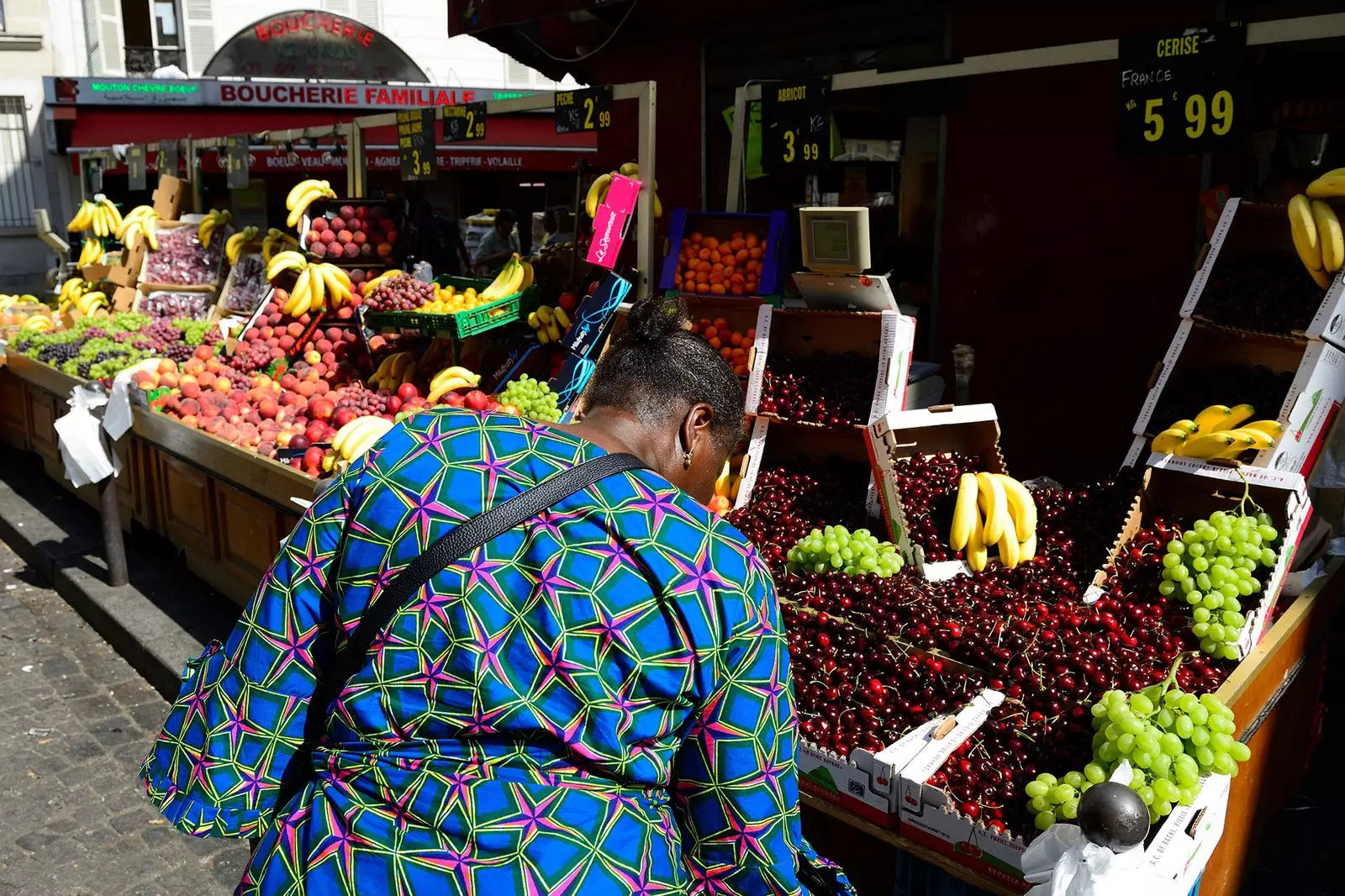
Dejean Street African Market.
These different voices show that there is still a long way to go in the field of cultural integration of French society as a whole. Despite this, neighborhoods such as La Goutte d'Or have managed to build a rich and authentic cultural space, essential in today's Parisian scene. A space with a lot of character, where the sense of belonging and pride in a common origin prevail, without neglecting the link with France and its culture, which is its own.
“What I like about these neighborhoods is that people act like a family. The children of migrants are the future and they are imposing themselves, reminding everyone that they have rights and that they will no longer tolerate stereotypes and racism,” says Salamata.
